
Heliox: Where Evidence Meets Empathy 🇨🇦
Join our hosts as they break down complex data into understandable insights, providing you with the knowledge to navigate our rapidly changing world. Tune in for a thoughtful, evidence-based discussion that bridges expert analysis with real-world implications, an SCZoomers Podcast
Independent, moderated, timely, deep, gentle, clinical, global, and community conversations about things that matter. Breathe Easy, we go deep and lightly surface the big ideas.
Curated, independent, moderated, timely, deep, gentle, evidenced-based, clinical & community information regarding COVID-19. Since 2017, it has focused on Covid since Feb 2020, with Multiple Stores per day, hence a sizeable searchable base of stories to date. More than 4000 stories on COVID-19 alone. Hundreds of stories on Climate Change.
Zoomers of the Sunshine Coast is a news organization with the advantages of deeply rooted connections within our local community, combined with a provincial, national and global following and exposure. In written form, audio, and video, we provide evidence-based and referenced stories interspersed with curated commentary, satire and humour. We reference where our stories come from and who wrote, published, and even inspired them. Using a social media platform means we have a much higher degree of interaction with our readers than conventional media and provides a significant amplification effect, positively. We expect the same courtesy of other media referencing our stories.
Heliox: Where Evidence Meets Empathy 🇨🇦
🧬 Mitochondrial Health for Reversing Aging and Disease
See corresponding Substack episode.
At 35, I thought aging was inevitable. Then I learned about the tiny powerhouses in our cells waging war against time itself. 🧬✨ #longevity"
We're standing at the edge of what could be a genuine revolution in human health. Not through some magical breakthrough drug or exotic therapy, but through understanding and supporting the fundamental biological systems that have been keeping humans alive for millennia.
The mitochondrial research suggests that many of the things we accept as inevitable consequences of aging—stiff arteries, declining energy, increased inflammation, cognitive decline—might actually be preventable and even reversible.
Mitoquinol: 25 clinical studies
Mitochondrial Collaborative Research Program
This is Heliox: Where Evidence Meets Empathy
Independent, moderated, timely, deep, gentle, clinical, global, and community conversations about things that matter. Breathe Easy, we go deep and lightly surface the big ideas.
Thanks for listening today!
Four recurring narratives underlie every episode: boundary dissolution, adaptive complexity, embodied knowledge, and quantum-like uncertainty. These aren’t just philosophical musings but frameworks for understanding our modern world.
We hope you continue exploring our other podcasts, responding to the content, and checking out our related articles on the Heliox Podcast on Substack.
About SCZoomers:
https://www.facebook.com/groups/1632045180447285
https://x.com/SCZoomers
https://mstdn.ca/@SCZoomers
https://bsky.app/profile/safety.bsky.app
Spoken word, short and sweet, with rhythm and a catchy beat.
http://tinyurl.com/stonefolksongs
Curated, independent, moderated, timely, deep, gentle, evidenced-based, clinical & community information regarding COVID-19. Since 2017, it has focused on Covid since Feb 2020, with Multiple Stores per day, hence a large searchable base of stories to date. More than 4000 stories on COVID-19 alone. Hundreds of stories on Climate Change.
Zoomers of the Sunshine Coast is a news organization with the advantages of deeply rooted connections within our local community, combined with a provincial, national and global following and exposure. In written form, audio, and video, we provide evidence-based and referenced stories interspersed with curated commentary, satire and humour. We reference where our stories come from and who wrote, published, and even inspired them. Using a social media platform means we have a much higher degree of interaction with our readers than conventional media and provides a significant amplification effect, positively. We expect the same courtesy of other media referencing our stories.
Welcome to the deep dive. We're here to cut through the noise and really get into the substance of fascinating topics. And today we're definitely doing that. We're cracking open the cell itself to look at those tiny powerhouses, your mitochondria. Often overlooked, but absolutely critical. Yeah, and our source material today is pretty robust. We're looking at research from top journals think hypertension, redox biology. We've also got insights from a really interesting YouTube interview with a key expert in the field, and even PubMed search results just showing the sheer volume of work here. So our mission today, unpack what mitochondria actually do, how they falter as we age, or even when facing something like COVID-19, and then we'll zoom in on a specific compound, MitoQ, which has generated a lot of buzz for supporting cellular health. It's fascinating, really. Everyone knows mitochondria are the powerhouses, right? They make ATP the energy. But they're also incredibly vulnerable, especially to damage from oxidative stress, which is a byproduct of making that very energy. And what's really coming into focus now is how this vulnerability, this damage seems to be at the heart of so many chronic diseases of ATP. OK, so they're vital but fragile. But happens when they start to, well, break down. And crucially, is there anything we can actually do about it? Let's start with the basics. Energy, ATP. Mitochondria make it, powering everything. But like you said, there's a catch. Making energy creates these reactive oxygen species, MTROS. It's almost like cellular exhaust, kind of internal rust. That's a good way to put it. It's the Achilles heel of the energy production process. Life creates its own potential damage. But our bodies have defenses, right? Endogenous antioxidants, CoQ10, SOD. Exactly. Superoxide, dismutase, glutathione, catalase. We have this internal cleanup group. We don't keep up forever. Well, that's the issue. Levels tend to decrease as we age. So the balance tips and that rust, that oxidative stress, starts to accumulate. And the clinical evidence points to this buildup being a major driver of aging. A key driver, yes. Especially in those high-energy organs, brain, muscles, the heart. It's increasingly clear this isn't just a side effect. It's often causal in age-related declines. Right. So if this mitochondrial rust is such a core problem, what have scientists tried? Taking regular antioxidants like CoQ10 seems obvious. It does, but it hits a major snag, bioavailability, especially mitochondrial bioavailability. Getting those standard antioxidants inside the mitochondria where the MTROS problem really originates, it's incredibly difficult. How difficult. Studies suggest standard oral CoQ10 might only be about, say, 10% effective at actually reaching the mitochondrial matrix. Not great. Okay, so that sets the stage for needing something smarter. Which brings us to MitoQ. Exactly. Developed around 25 years back by Mike Murphy and Robin Smith in New Zealand. And the design is really cleverer than it. It's not just CoQ10. No, it's ubiquinol, the active form of CoQ10, but it's attached to something specific. This triphenyl phosphonium tag, the TPP tag. Precisely. A positively charged molecule. And here's where it gets really interesting. That positive charge acts like a magnet, right? Right. Because the inside of the mitochondrion is negatively charged. Yes. The mitochondrial membrane potential. That strong negative charge inside pulls the positively charged mito-Q right in. Making it vastly more efficient. Like orders of magnitude more. The estimates are often around, you know, hundreds of times more concentrated inside the mitochondria compared to the rest of the cell. Maybe 90% more effective at actually getting there compared to standard CoQ10. Well, that's a game changer for targeting that specific mitochondrial damage. It really is. It bypasses that delivery problem. And the research reflects that. You mentioned the volume earlier. Absolutely. Over 25 clinical studies now, more than 900 research papers in total over these last couple of decades, the interest is definitely growing. Let's talk about some of that research. The 2018 Rossman trial seems pivotal, particularly for vascular health. Yes, a really well-designed study. Healthy older adults, 60 to 79, who already had some age-related endothelial dysfunction, their blood vessels weren't as flexible. And it was randomized, placebo-controlled, double-blind, crossover, the works. Yeah. 20 milligrams a day for six weeks. Correct. Gold standard design. And the headline finding, endothelial function. A huge improvement. A 42% increase in brachial artery flow-mediated dilation, or FMD. It suggests this isn't just slowing decline, but potentially reversing some age-related changes. And crucially, the study dug into why. It wasn't just a correlation. They linked it directly to reducing that mitochondrial rust. Yes. They showed it was mediated, at least in part, by a suppression of MTROS. They even did an acute administration test. What did that show? It showed that before chronic MitoQ treatment, MTROS were actively inhibiting endothelial function. After MitoQ, that inhibition was abolished, direct evidence of clearing out that oxidative stress. Wow. Okay. And there's more, right? Arterial stiffness. Yes, another key finding. It significantly reduced aortic stiffness, measured by carotid femoral pulse wave velocity, a gold standard measure. But not in everyone. Interestingly, no. Only in those participants who already had elevated stiffness at the start. So it targeted those who needed it most. Exactly. Which lines up with animal studies where it didn't affect young, healthy arteries. It suggests it's normalizing dysfunction rather than just, you know, generically altering things. And that stiffness marker, it's linked to more than just heart disease. Oh, yes. It's an independent predictor for cognitive decline, chronic kidney disease. It's a really important systemic marker. And one more thing from that trial, oxidized LDL. Right. Plasma oxidized LDL, that particularly nasty form of bad cholesterol, was down by 13%, another sign of reduced systemic oxidative stress. And safety why? Very well tolerated at that 20 milligram dose. Some minor rare GI effects were noted, but mainly linked to a single, much higher acute dose they tested. Okay, so powerful vascular benefits. But does optimizing mitochondria help elsewhere? Right. What about, say, physical performance? There's interesting data there, too. Studies showing increased peak power output both in middle-aged men and even professional cyclists. So better endurance or bursts of power? Potentially. And maybe faster recovery, too. Some evidence suggests it mitigates exercise-induced DNA damage, both in the cell nucleus and the mitochondria themselves. So less damage from intense workouts. Seems plausible. And for people who are maybe less active, improving vasodilation and blood flow might just make exercise feel a bit easier, potentially helping them get started. You mentioned something about PGC-1-alpha earlier. Ah, yes, that's a fascinating connection. MitoQ has been shown to increase PGC-1-alpha. The metabolic master switch. That's the one. It signals the body to create new mitochondrial biogenesis. Which is one of the main benefits of exercise, right? Building more powerhouses. Exactly. So MitoQ might be tapping into some of those same beneficial pathways that exercise activates. It's a key longevity factor. What about the brain? You mentioned cognitive decline links with arterial stiffness. Does MitoQ help cognition directly? Research is ongoing, but promising. Some studies are showing improved memory in healthy older adults. And potential for executive function or mood. Yes, particularly in contexts like cognitive frailty. And that neurovascular link is key, maintaining good blood flow to the brain is crucial for preventing dementia. So the vascular benefits we discussed likely play a role. here too. Okay, let's shift to the immune system. How do mitochondria fit into inflammation? They're deeply involved. When mitochondria get stressed or damaged, they can send out signals that trigger a major immune response. Activating the inflammasome, leading to chronic inflammation or inflammation. Precisely. And in acute situations, it can contribute to those dangerous cytokine storms. Distressed mitochondria basically sound the alarm sometimes too loudly. And mitocuse effect here. Studies have shown it can improve mitochondrial function like oxidative phosphorylation in immune cells, white blood cells, specifically in heart failure patients. And it reduces markers of inflammation and oxidative stress. Things like F-isoprostane, MDA in various clinical settings. These are like biochemical footprints. of damage. So by getting to the mitochondria? You might be tackling inflammation much earlier in the process, potentially addressing it at its sort of central origin point within the cell before it cascades. Interesting. Are there other areas showing promise? Well, there's preclinical work and some early human data. For example, in prediabetes, an acute dose seemed to help preserve glucose uptake after a high-fat meal. Eye health. You mentioned the retina is packed with mitochondria. Exactly. Over a dozen preclinical studies suggest potential for age-related eye conditions, like macular degeneration, high energy demand there. And even things like urinary health. Some anecdotal reports and preclinical hints, yeah. Things like urgency. It really makes you think how fundamental mitochondrial health is across so many different systems. Okay, so if someone is listening and thinking this sounds relevant to them, what are the practicals? Dosage? The standard commercial dose for general wellness is 10 milligrams a day. But for more targeted support, like in those clinical trials? Then 20 milligrams a day is the dose typically used and recommended for specific health goals. And how should you take it? Best on an empty stomach. First thing in the morning is common. With water or? Any liquid is fine, but the key is to wait about 30 minutes before eating. just helps maximize absorption. And it's not an instant effect, presumably? No, it takes time to build up. You'd typically expect to give it maybe two to three months to really see the effects as it accumulates in the tissues and reaches a steady state. Any safety concerns or interactions people should know about? Remarkably few. No known contraindications. It's been studied alongside blood thinners, for example, without issues. seems safe to take with other supplements. Can you combine it with other things strategically? Yes, there's some interesting synergy. With curcumin, for instance, in Alzheimer's models, also potentially with NAD boosters, they work on a different mitochondrial pathway, so it could be complementary. And maybe ernithionine, another antioxidant that targets mitochondria. Okay, last practical question. Who should consider this and when? Is it just for older adults? That's a great question. Based on how mitochondrial function starts to decline, ideally you might consider starting proactive support in your 30s. Really? That early? Yeah. Things like VO2 max, even fluid intelligence can show subtle declines starting around then. So getting ahead of it makes sense, especially if you're an athlete pushing your system or have, say, a family history of heart conditions. Before we move on, you mentioned something about how MitoQ Research is funded. It's unusual. It is quite unique. The company MitoQ LTD, they generally don't fund the studies directly. So how do researchers get the compound? Through something called the Mitochondrial Collaborative Research Program, or MCRP, researchers can apply and receive the active ingredient, mitoquinol mesylate, for free to use in their own independently funded studies. That's really different. So those 300-plus studies you mentioned, Mostly independent. Largely, yes. Funded by universities, granting agencies, etc. It really speaks to the genuine scientific interest in this molecule and ensures a high level of objectivity in the results. It shows mitochondria are seen as a huge target for health and aging results. research. OK, let's widen the lens again. We've talked about aging performance, but what about acute challenges like viral infections, specifically COVID-19? Is there a mitochondrial link there? Oh, absolutely. It's becoming increasingly clear that SARS-CoV-2, the virus causing COVID-19, wages a direct war on our mitochondria. It's not just a respiratory thing. How does it do that? Several ways. Specific viral proteins, parts of the spike protein, ORF9B, others, they actually go to the mitochondria and disrupt their function. This causes what's called bitoenergetic collapse, messes with calcium levels inside the cell, and fragments the mitochondria, stopping them from working together properly. So it cripples the cell's energy production. Yes, and it actively hijacks metabolisms. It forces cells away from efficient energy production oxidative phosphorylation towards a less efficient process called glycolysis. Why would it do that? Because that state, sometimes called the Warburg effect, actually helps the virus replicate faster and fuels inflammation. And it gets worse. The virus also interferes with a key antiviral defense system located on the mitochondria, the MAVS pathway. MAVS. Mitochondrial antiviral signaling pathway. It's one of our first lines of defense. By disabling MAVS, the virus can hide better and replicate more freely. And all this mitochondrial damage, it has downstream effects. Big time. Damaged mitochondria release distress signals. things called damps damage associated molecular patterns including fragments of mitochondrial DNA itself these damps pour fuel on the inflammatory fire contributing significantly to those cytokine storms and systemic information so this mitochondrial mess drives both the severe acute symptoms yes Things like multi-organ failure, olidus, pneumonia. And potentially the lingering issues in long COVID. Exactly. The persistent fatigue, the brain fog, the chronic inflammation seen in long COVID mitochondrial dysfunction is strongly implicated as a central factor there. Does everyone respond the same way? No, there are variations. Age is a factor. Pre-existing conditions matter. Sex can play a role, too. Women sometimes mount stronger initial immune responses, possibly linked to estrogen's effects on antioxidant enzymes, but the interplay is complex. So given this direct attack on mitochondria, could strategies like using MitoQ potentially help? It's a logical hypothesis and a promising area for research. By supporting mitochondrial health and reducing that excessive oxidative stress and damage, mitochondria-targeted antioxidants might help dampen the runaway inflammation and perhaps mitigate some of the long-term consequences. More research is definitely needed, but targeting mitochondria looks like a key therapeutic avenue. Wow. Okay, so wrapping this deep dive up, what's the big picture takeaway for everyone listening? We've journeyed deep inside the cell, looked at these tiny powerhouses, and seen just how much hinges on their health, vascular aging, athletic ability, brain functions. even how we handle viruses like SARS-CoV-2. It's pretty fundamental. It really makes you pause and ask a bigger question, doesn't it? Given how central, yet often ignored, mitochondrial health is for both gradual aging and acute health crises, what if we shifted our focus? How might really prioritizing the support of these cellular powerhouses fundamentally change how we think about preventing disease and actually extending our health span, not just lifespan? That's a powerful thought to leave with. It really underscores that understanding our health is always a continuous deep dive. We hope today's conversation has given you some valuable new perspectives to consider on your own journey to being well-informed.
Podcasts we love
Check out these other fine podcasts recommended by us, not an algorithm.

Hidden Brain
Hidden Brain, Shankar Vedantam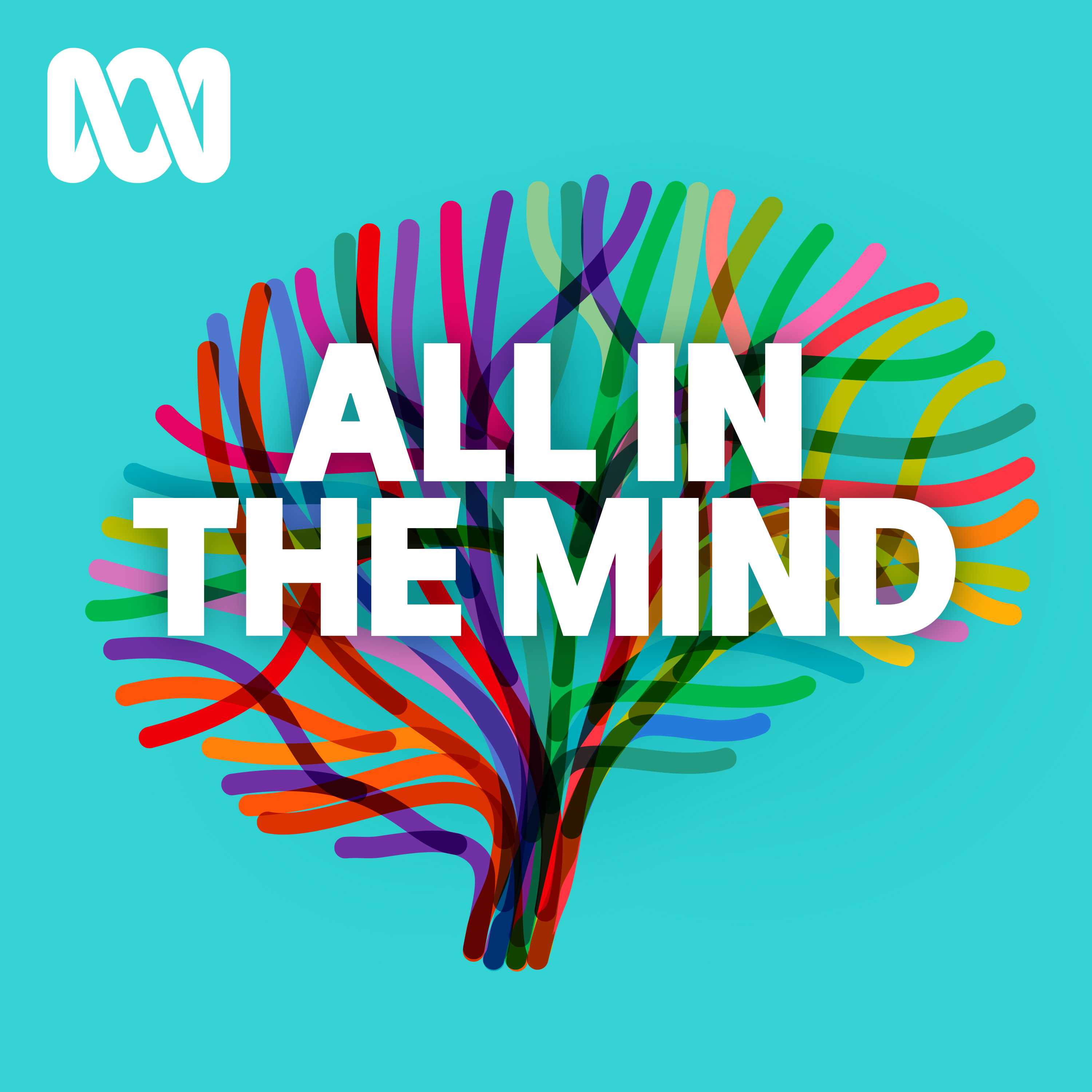
All In The Mind
ABC listen
What Now? with Trevor Noah
Trevor Noah
No Stupid Questions
Freakonomics Radio + Stitcher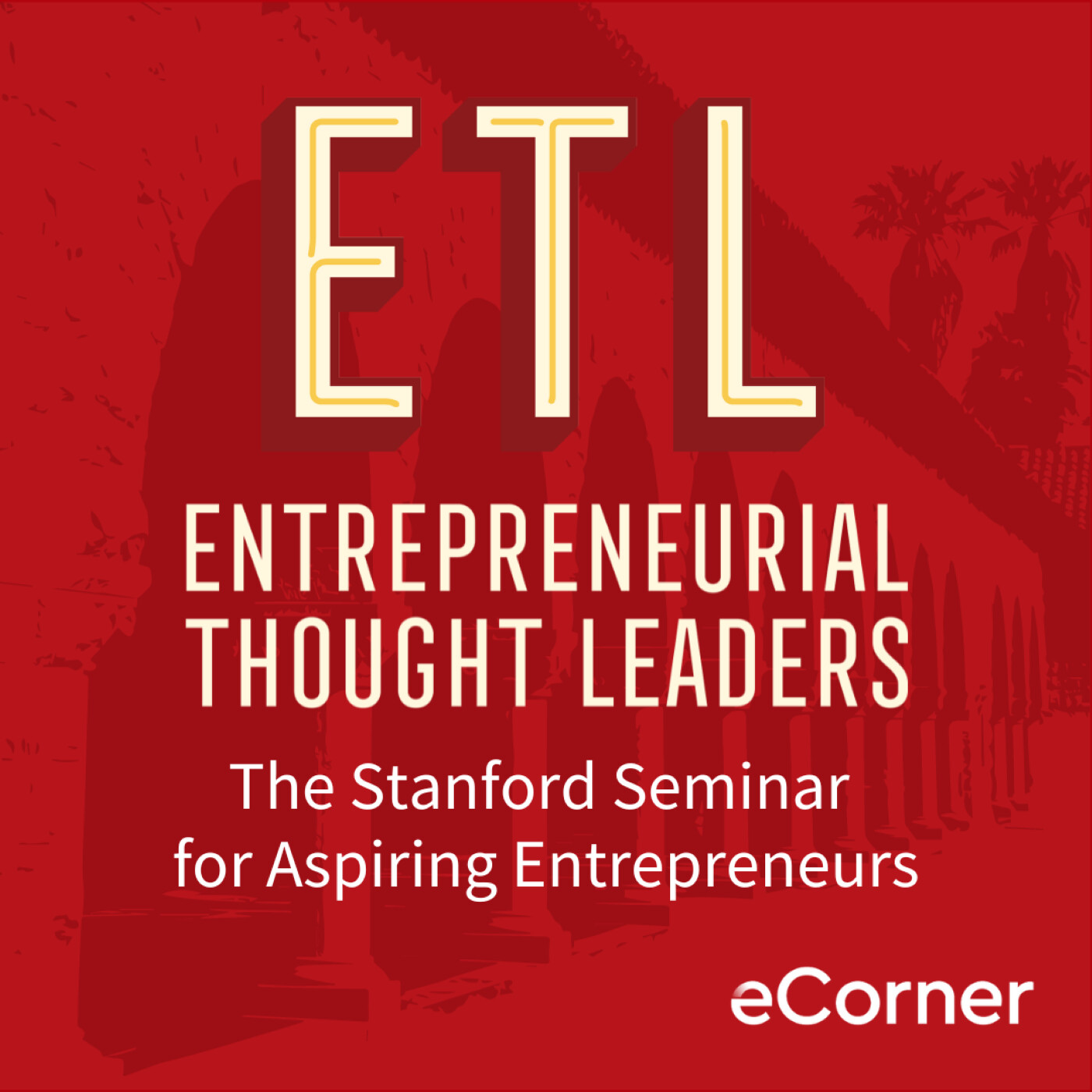
Entrepreneurial Thought Leaders (ETL)
Stanford eCorner
This Is That
CBC
Future Tense
ABC listen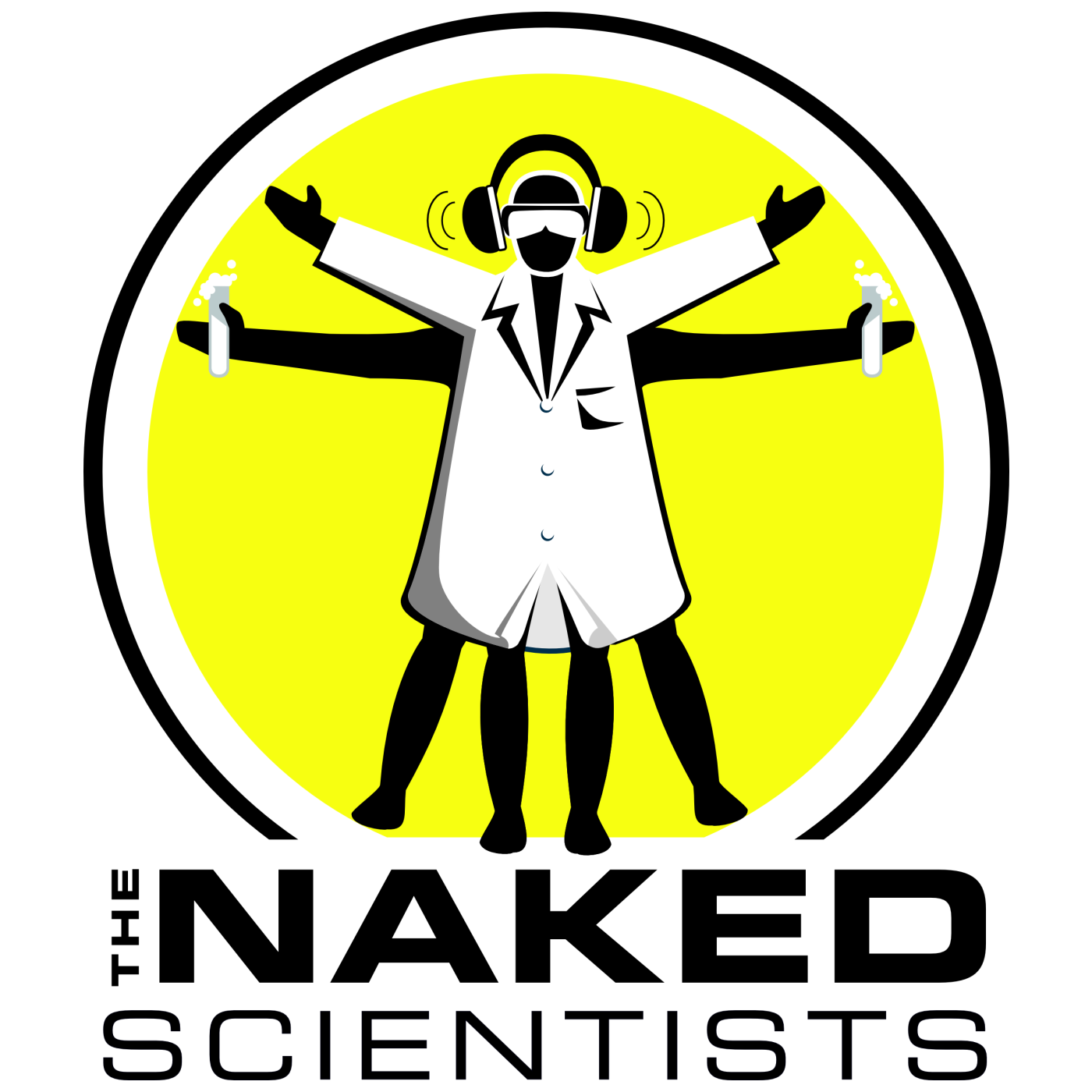
The Naked Scientists Podcast
The Naked Scientists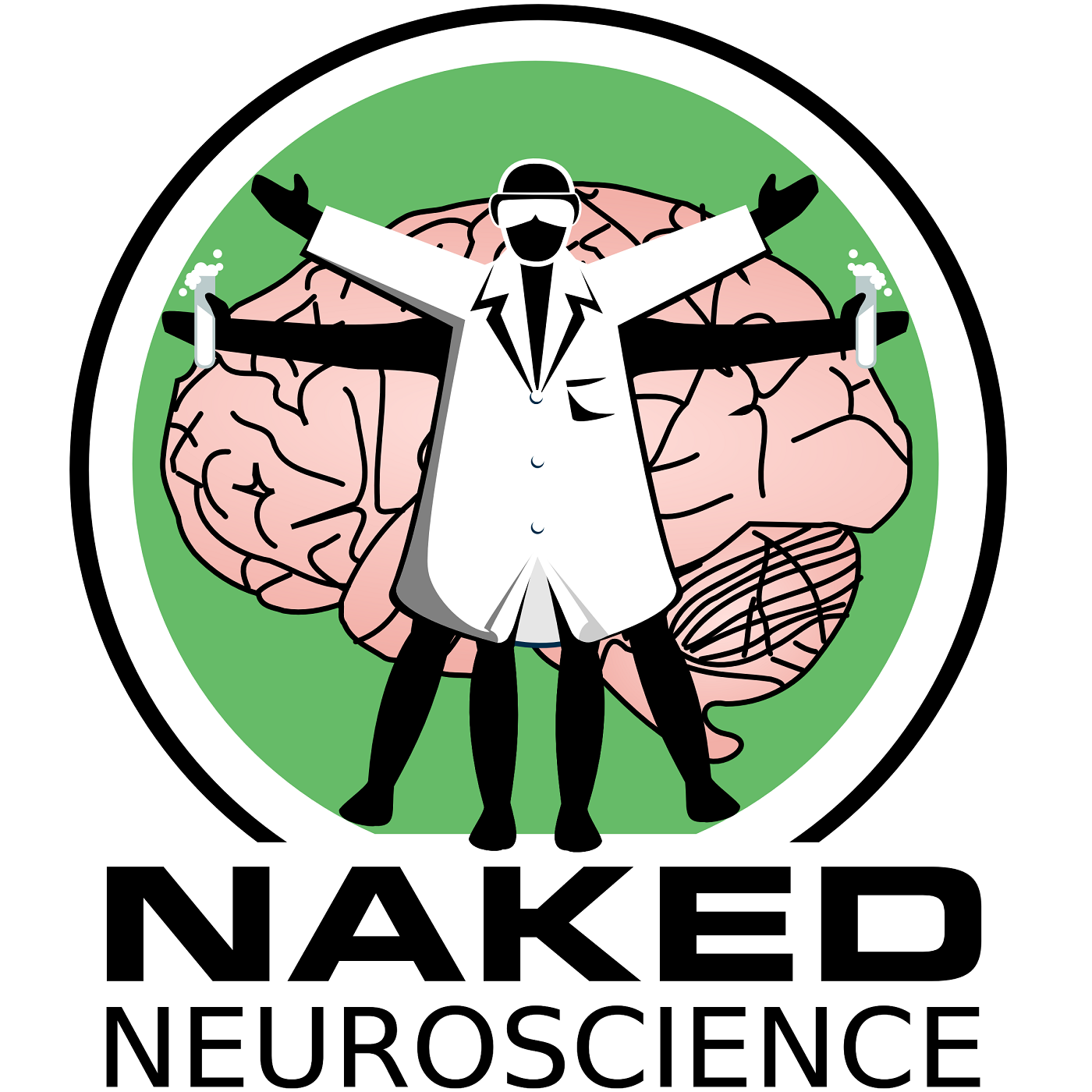
Naked Neuroscience, from the Naked Scientists
James Tytko
The TED AI Show
TED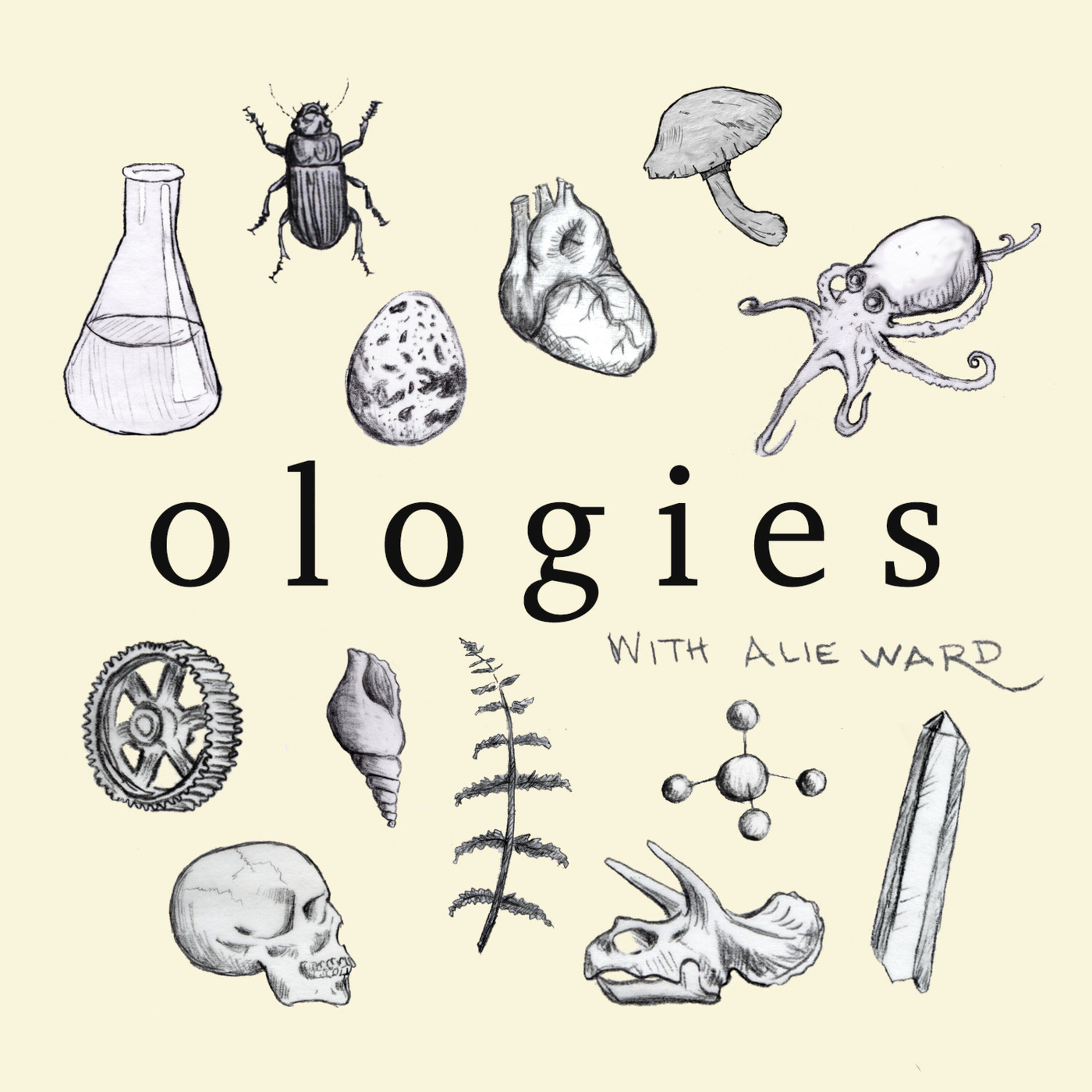
Ologies with Alie Ward
Alie Ward
The Daily
The New York Times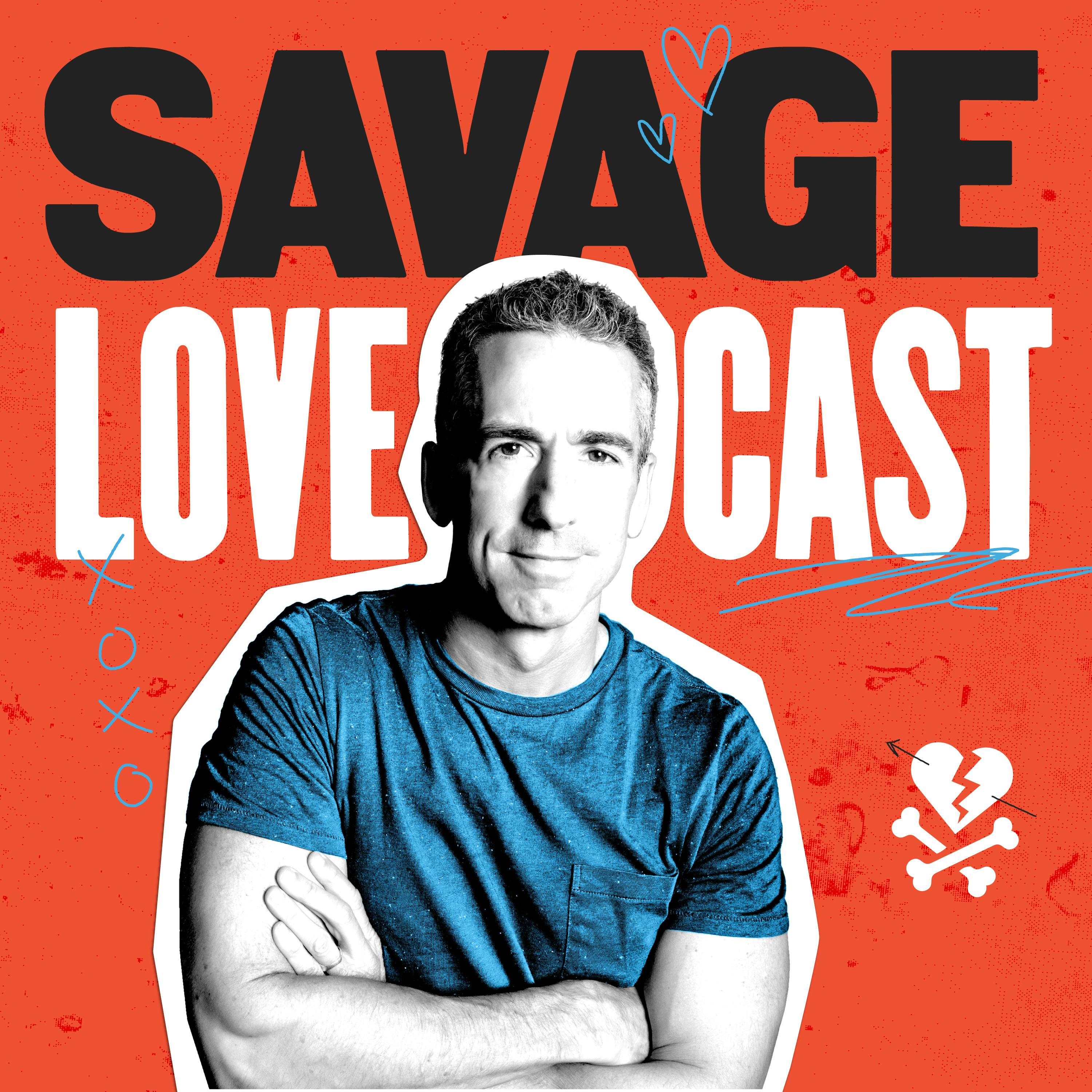
Savage Lovecast
Dan Savage
Huberman Lab
Scicomm Media
Freakonomics Radio
Freakonomics Radio + Stitcher
Ideas
CBCLadies, We Need To Talk
ABC listen

